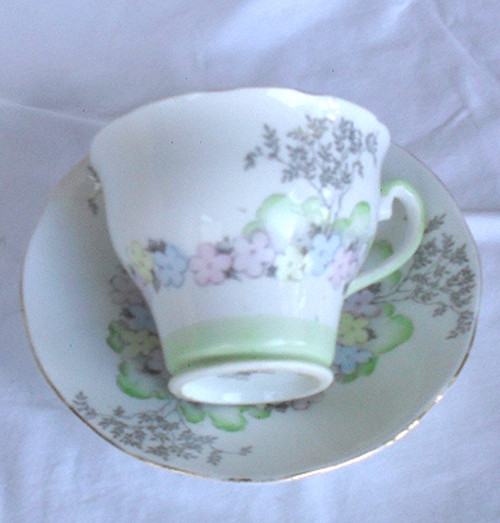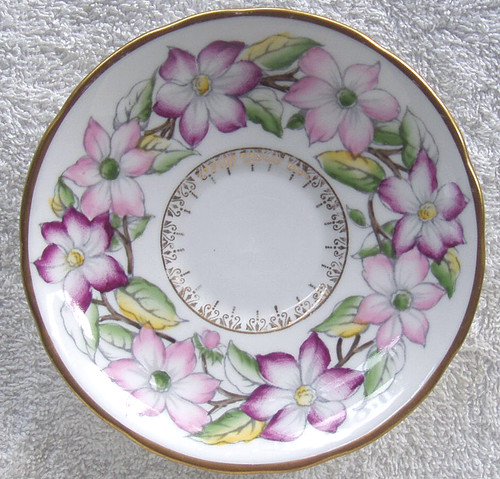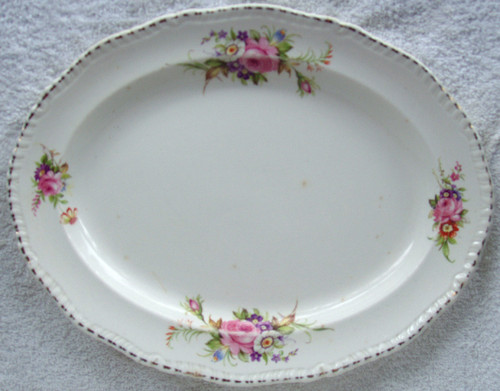Offering for someone who revels in historical Australian manufacturing and wartime society
Back in the 1940's - 50's there was a lot of general interest in the electronics field surrounding communications, in particular the learning and use of morse code. Particularly in the early 1940's, remember we were at war with the "Japs" and prior to and after the bombing of Darwin, citizens and radio enthusiasts were encouraged to keep a look out or listen in the shortwave bands for any signs of impending approaches by the Japanese Imperial Forces. This was a way by which the "general population" could aid the war effort, keep the eyes wide open, listen (if you have a shortwave radio) and report anything suspicious.
Radio enthusiasts and "hams" were particularly valued because they often possessed highly tuned radio communication skills, so a lot of people wanted to learn all about Morse Code and shortwave radio in general.
I have included a snapshot from the Australian magazine, Radio And Hobbies 1942 and you will see what I mean, the advertisement placed by an radio spare parts retailer in Sydney is full of morse keys, morse sets (with a buzzer) and just buzzers alone. It is interesting from the perspective of spare part shortages too, during the war it became extremely difficult to get spare parts for radio equipment, batteries in particular were very hard to come by. Solution? use a kitset wet cell, there is one in the advertisement and this would have been used in conjunction with this buzzer, along with a morse key.
Magazines such as the issue I have grabbed a snapshot of are very interesting. Its not all about electronics but a large number of the articles understandably talk about the war, how to recognise "Jap war planes" and generally how the average citizen can support the war effort.
As for the manufacturer (or is it their trademark?) Federal, I cannot find out any information about them at all. There was the well known Federal Match Company in Sydney but I don't think that company had any connection with electronic buzzers
I have another buzzer from the same company but it is an earlier version and the enclosure is brown bakelite - that advertisement is separate to this.
I am not 100% that this grey enclosure is bakelite, so I must assume it is a later thermoplastic casing - see below for my tests/thoughts on this
Low Voltage DC/AC Buzzer in an enclosure
FEDERAL
Assumed to be Made In Australia, like the other buzzer from Federal that I am offering but this one does not actually have the country of origin stamped into the case
The underside of the base has a J stamped into it, so the mould used (although almost identical to the earlier model) is not the same as the bakelite enclosure.
Grey thermoplastic - unlikely to be bakelite (see below)
White opaque thermoplastic top section securing screw
Designed for 3V DC or 5V AC use
Fully adjustable contact gap spacing and horizontal arm adjustment.
Weight: 200g
Dimensions: 76mm x 74mm x 50mm height
COSMETIC CONDITION:
Clean but with a couple of "dashes" of white paint on the edge of the base section. I have not attempted to remove this paint.
Clean contact points (I have polished them up)
No broken pieces at all
The top of the enclosure section has stamped into it
FEDERAL
AC 5V DC 3V
This is the reverse text order to that stamped into the bakelite enclosure, meaning this confirms that the mould is not that which was used for the bakelite enclosure
TESTING:
Bakelite authenticity tested, chemical rubbing does NOT produce a yellow/brown stain on the cloth although this "could" be due to a top coat of laquer. I did the heated pin prick and hot water tests, they were inconclusive. I compared the weights of the bakelite with this enclosure, almost the same but this enclosure is slightly lighter.
I believe this enclosure to be made from a thermoplastic (new material at the time) and NOT bakelite.
The single coil electromagnet coil measures 12 Ohm, so with the design 3V DC input and assuming a 50/50 duty cycle, the current drawn could be up to 125mA when it is "buzzing"
I have not tested it with an AC supply but there is no reason why that shouldn't work as well. It may be thought a bit strange that it is also for use with 5V AC but remember that tube equipment used 5V AC heater supplies in those days, so access to 5V AC was easy.
It buzzes! not extremely loud but it gives a nice even buzzing sound when powered up.
NOTE: It would be a good idea to wire a capacitor across the contact gap otherwise the sparking without a "quench" is going to quickly pit and degrade the contact points. Just a 0.1uF 100V or more polyester will do the trick here.
Although less desirable that the very nice bakelite enclosed buzzer, it is still a nice piece of radio & electronics nostalgia!















